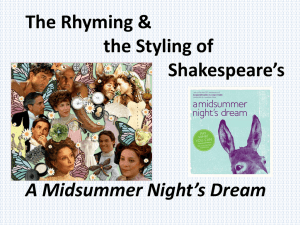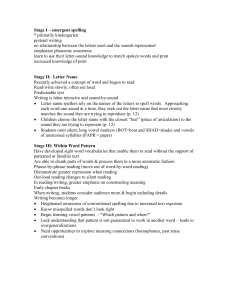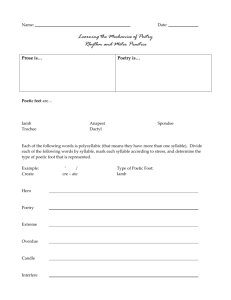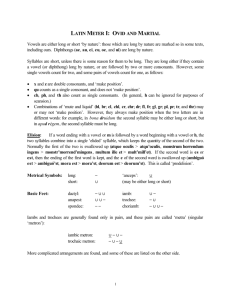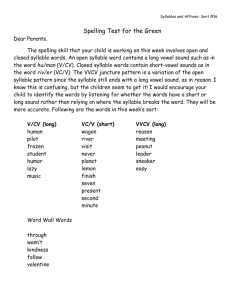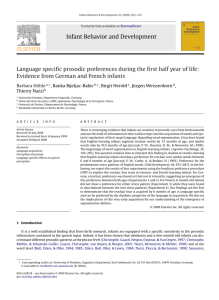Emily Dickinson Poem Analysis: Slant of Light
advertisement
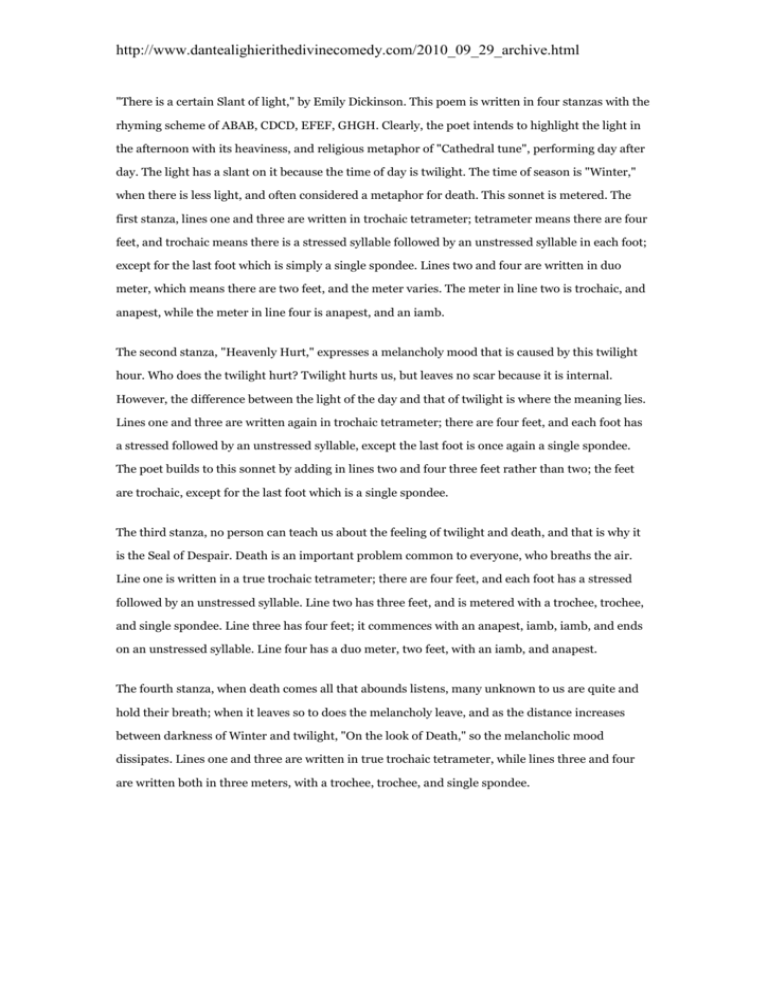
http://www.dantealighierithedivinecomedy.com/2010_09_29_archive.html "There is a certain Slant of light," by Emily Dickinson. This poem is written in four stanzas with the rhyming scheme of ABAB, CDCD, EFEF, GHGH. Clearly, the poet intends to highlight the light in the afternoon with its heaviness, and religious metaphor of "Cathedral tune", performing day after day. The light has a slant on it because the time of day is twilight. The time of season is "Winter," when there is less light, and often considered a metaphor for death. This sonnet is metered. The first stanza, lines one and three are written in trochaic tetrameter; tetrameter means there are four feet, and trochaic means there is a stressed syllable followed by an unstressed syllable in each foot; except for the last foot which is simply a single spondee. Lines two and four are written in duo meter, which means there are two feet, and the meter varies. The meter in line two is trochaic, and anapest, while the meter in line four is anapest, and an iamb. The second stanza, "Heavenly Hurt," expresses a melancholy mood that is caused by this twilight hour. Who does the twilight hurt? Twilight hurts us, but leaves no scar because it is internal. However, the difference between the light of the day and that of twilight is where the meaning lies. Lines one and three are written again in trochaic tetrameter; there are four feet, and each foot has a stressed followed by an unstressed syllable, except the last foot is once again a single spondee. The poet builds to this sonnet by adding in lines two and four three feet rather than two; the feet are trochaic, except for the last foot which is a single spondee. The third stanza, no person can teach us about the feeling of twilight and death, and that is why it is the Seal of Despair. Death is an important problem common to everyone, who breaths the air. Line one is written in a true trochaic tetrameter; there are four feet, and each foot has a stressed followed by an unstressed syllable. Line two has three feet, and is metered with a trochee, trochee, and single spondee. Line three has four feet; it commences with an anapest, iamb, iamb, and ends on an unstressed syllable. Line four has a duo meter, two feet, with an iamb, and anapest. The fourth stanza, when death comes all that abounds listens, many unknown to us are quite and hold their breath; when it leaves so to does the melancholy leave, and as the distance increases between darkness of Winter and twilight, "On the look of Death," so the melancholic mood dissipates. Lines one and three are written in true trochaic tetrameter, while lines three and four are written both in three meters, with a trochee, trochee, and single spondee.
